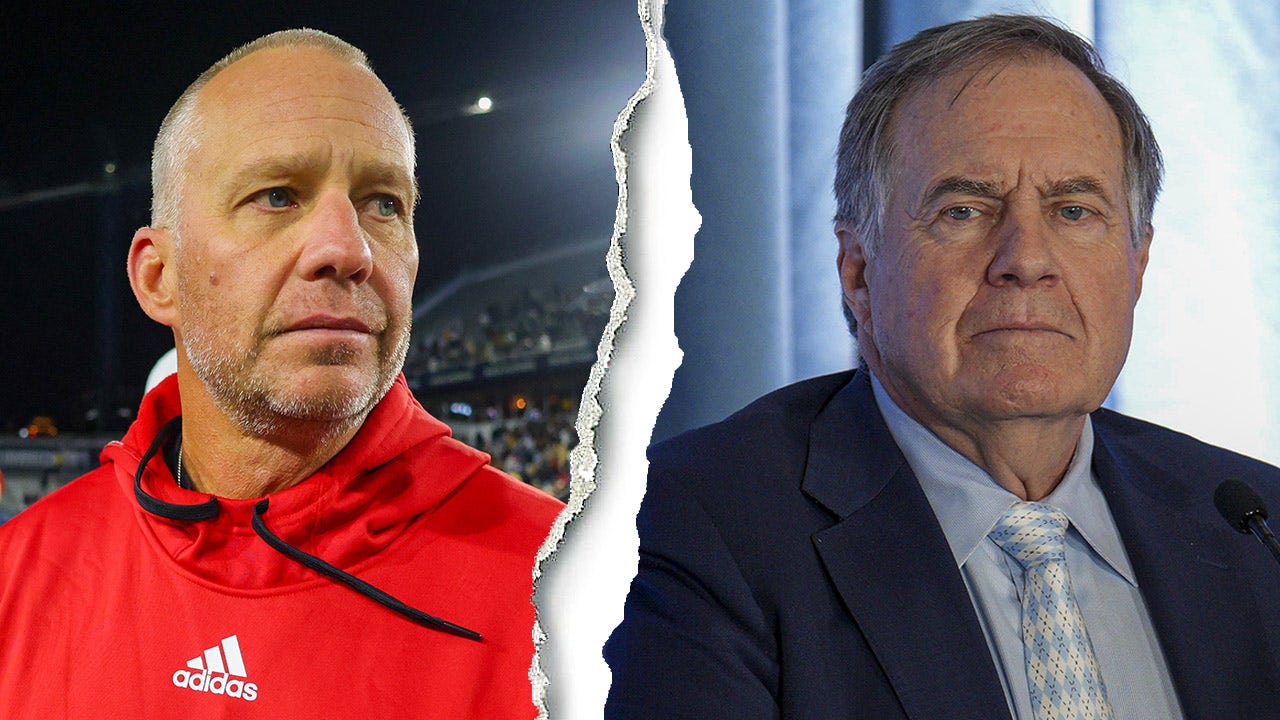Finance Minister Ishaq Dar presented the budget for fiscal year 2023-24 (FY24) on the floor of the National Assembly. During the speech, the minister said that the government was imposing no new taxes for the upcoming year.
Dar said for the next year, GDP growth had been budgeted at 3.5 per cent, terming it a “modest target”. He said that this budget is “not an election budget” and is focusing on the “elements of the real economy”.
Dar said agriculture is the backbone of the economy and this budget is placing special attention on this sector. He then went on to list some of the special measures taken for the agri sector, primary among which was increasing agri loans from Rs1.8 trillion to Rs2.25 trillion.
Budget outlay
The total outlay of the FY24 budget is Rs14.46 trillion, according to the minister.
Current expenditure
The government has budgeted total current expenditure at Rs13,320bn for FY24, which is 53pc higher than last year’s budgeted figure.
Defence expenditure is budgeted at Rs1,804bn, 15.4 per cent higher than last year, making up 1.7pc of GDP.
Interest payments, or debt servicing, budgeted for FY24 have risen a whopping 85pc from last year to Rs7,303bn — accounting for 55pc of total current expenditure — making it the single largest expenditure of the government.
Federal revenue
Total revenue budgeted for FY23 stands at Rs12,163bn.
After subtracting provincial transfer of Rs5,276bn, net revenue comes out at Rs6,887bn, which is 36.9pc higher than last year.
FBR tax target
The tax collection target for the Federal Board of Revenue (FBR) has been set at Rs9,200bn, which is 23pc higher than last year’s target.
Fiscal deficit
Fiscal deficit, or overall budget deficit, which is the difference between the government’s total expenditure and revenue is calculated as:
Gross Revenue at Rs12,163bn (minus) Transfer to Provinces Rs5,276bn (plus) Provincial Surplus Rs650bn (minus) Total Expenditure Rs14,460bn.
For FY23, overall deficit is budgeted at Rs6,923bn, which is 82pc higher than last year’s Rs3,797bn. This year, fiscal deficit is 6.54pc of the GDP. Last year, the deficit was 4.9pc of the GDP.
Session starts
The NA session began with recitation of the Holy Quran followed by the national anthem. Prime Minister Shehbaz Sharif was also in attendance in a house without an opposition. The budget is expected to sail through in the absence of opposing voices.
Dar began his speech recounting the achievements of the PML-N’s previous government under Nawaz Sharif. He said back then the country was doing well on all accounts, with inflation in single digits and GDP growth of 6 per cent.
He then went on to blame Pakistan’s current economic crisis on the PTI government, which took over the reigns in 2018. Dar said that when the coalition government took over from the PTI in 2022, the country’s economy was in dire straits, with forex reserves depleting and the IMF programme in doldrums.
Balancing IMF conditions and election year
The government is walking a tight rope in this budget as it looks to meet the requirements of the International Monetary Fund (IMF) as well as provide some relief to the public in what is an election year.
Getting the IMF on board is critical as the risk of default on sovereign debt is rising, with the economy creaking under twin deficits and record high inflation, which has further dented the popularity of Prime Minister Shehbaz Sharif’s coalition.
The coalition government is hoping to persuade the IMF to unlock at least some of the $2.5bn left in a $6.5bn programme that Pakistan entered in 2019 and which expires at the end of this month.
The country missed almost all of its economic targets set in the last budget, most notably its growth target, which was initially set at 5pc, revised down to 2pc earlier this year. Growth is now projected to be just 0.29pc for the fiscal year ending June 30.
Foreign exchange reserves have dipped below $4bn, according to data released by the State Bank of Pakistan (SBP) on Thursday, enough to cover barely a month of imports.
The government has no fiscal space to introduce popular measures that will win it votes or a stimulus to spur flagging economic activity, with limited avenues for raising revenue in the short term and domestic and international debt obligations continuing to mount.















































